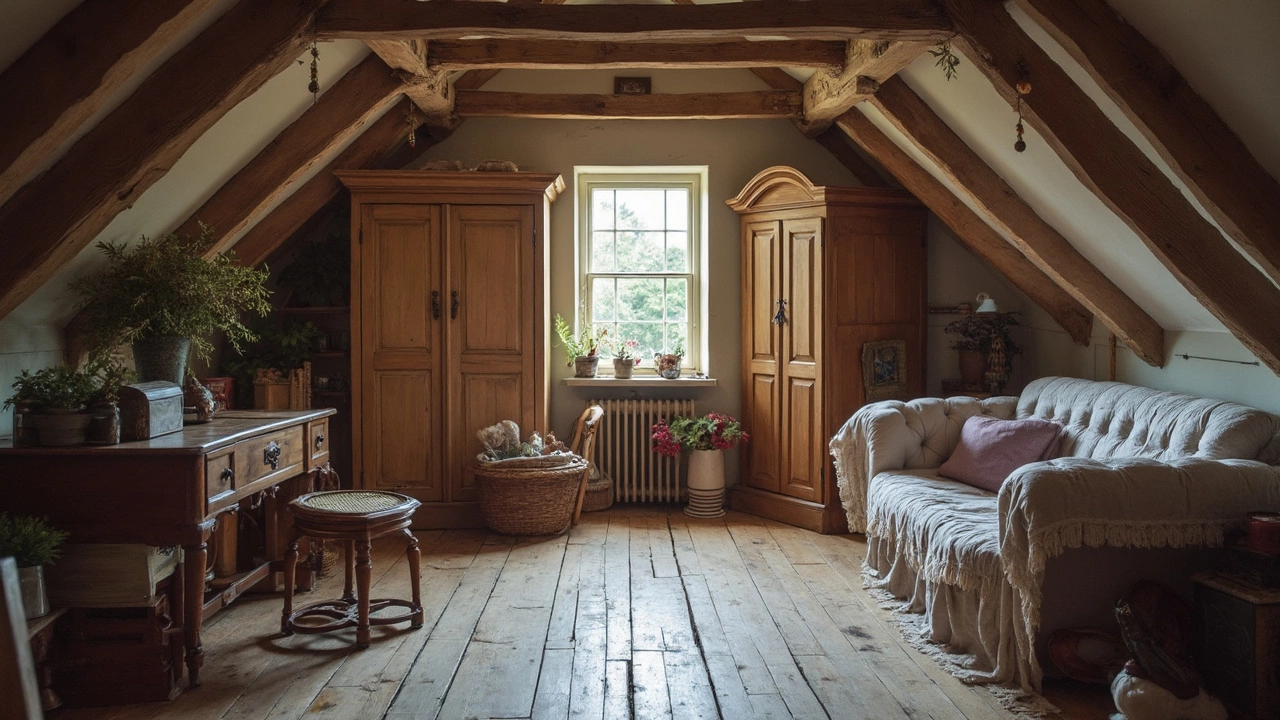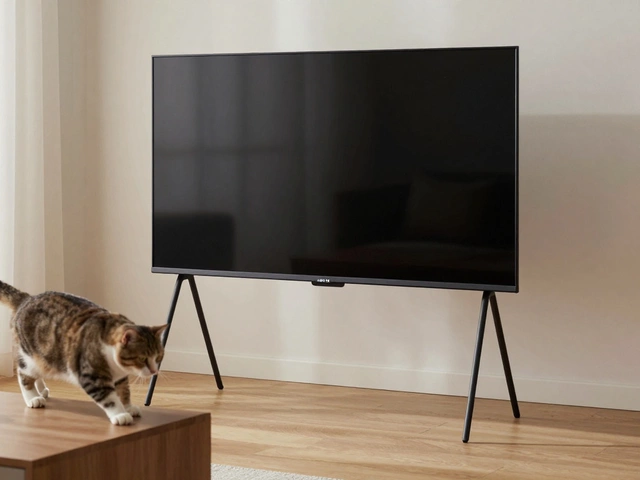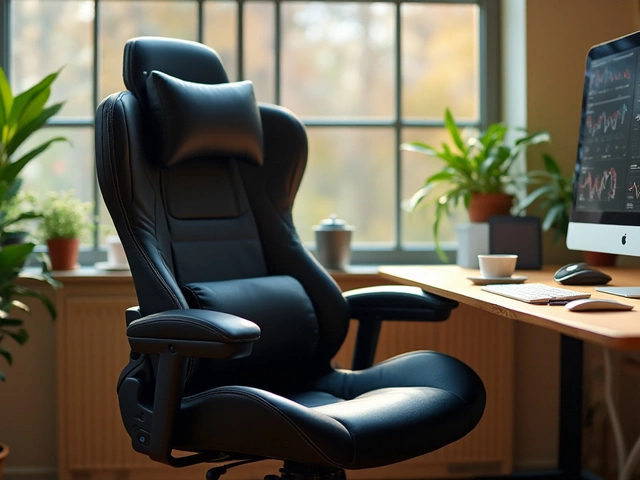Plastic Wrap: Protect Your Furniture the Right Way
When you’re moving house, storing items, or giving a room a fresh coat of paint, plastic wrap is a cheap hero that often goes unnoticed. It creates a barrier against scratches, dust, and moisture, keeping your pieces looking like new. The right technique saves you time, money, and the headache of dealing with damaged furniture later.
Why Use Plastic Wrap?
First off, plastic wrap is cheap and widely available. You can buy a roll at any DIY shop and have enough to cover a full dining table, a set of chairs, or a delicate mirror frame. Unlike bulky moving blankets, it’s lightweight, easy to cut, and fits into tight corners. It also works well with other protection methods – you can layer it over a blanket or use it to seal boxes.
Second, it shields against both liquid and solid threats. Spilled paint, accidental splashes, or humidity from a damp garage won’t seep through a tight wrap. This is especially useful for wood furniture, which can warp or develop mold if exposed to moisture for long periods.
Step‑by‑Step Guide to Wrapping Furniture
1. Gather your tools. You’ll need a roll of stretch‑wrap (the kind with cling), a pair of scissors, and a marker for labeling. Optional: a few moving blankets for extra cushioning.
2. Prep the piece. Dust off surfaces and check for loose parts. Tighten screws or remove detachable legs – this prevents parts from catching the wrap and tearing it.
3. Apply the first layer. Start at one end and pull the wrap tight, overlapping each pass by about 50%. The stretch creates a snug fit that won’t rattle around.
4. Add a second layer. For high‑traffic items like coffee tables or TV stands, a second wrap adds durability. If you’re storing for months, consider a third layer for extra protection against humidity.
5. Secure the ends. Tuck the excess wrap under the previous layer or use a small piece of tape. Avoid leaving loose ends that can snag on doorways.
6. Label everything. Write the room name or destination on the wrap with a marker. This saves you from guessing which piece belongs where when you’re unpacking.
7. Stack wisely. When placing wrapped items in a truck or storage unit, keep heavy pieces at the bottom and lighter ones on top. This prevents crushing and keeps the wrap in place.
Now that you have the basics down, here are a few extra tricks that make a big difference. Use a hot air gun or hair dryer to stretch the wrap tighter on stubborn corners – the heat makes the plastic more pliable. If you’re wrapping furniture with delicate upholstery, place a thin cloth between the fabric and the wrap to avoid cling marks. Finally, don’t forget to check the wrap periodically during long‑term storage; a small tear can let moisture in, so replace any damaged sections promptly.
Plastic wrap might feel like a simple, one‑size‑fits‑all solution, but using it correctly turns it into a professional‑grade protection method. Whether you’re a DIY mover, a renter preparing for a short‑term storage stint, or a homeowner tackling a painting project, these tips help you keep every piece in top condition without breaking the bank.
Ready to give your furniture the protection it deserves? Grab a roll, follow the steps, and enjoy a smoother move or renovation. Your future self will thank you when the unpacking goes without a single scratch.



